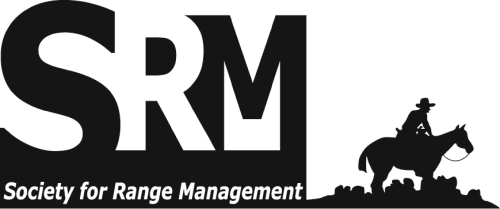Low vigor of seedlings and stand failures plague many revegetation efforts in semiarid and arid rangelands. Phototoxicity, sandbur (Cenchrus incertus M.A. Curtis) competition, seedbed preparation (plowing vs. disking), and nitrogen (N) fertilization were studied as reasons for low vigor of Ermelo weeping lovegrass [Eragrostis curvula Schrad.) Nees] seedlings on sand shinnery oak (Quercus havardii Rydb.) range in west Texas. Oak leaf residue and sandbur-dominated grass residue extracts did not affect seed germination and initial shoot growth of lovegrass seedlings. However, these residue extracts reduced root length 92% and 21%, respectively. Survival of weeping lovegrass seedlings was not affected by even 65 sandbur plants/m2. But, herbage yield was reduced 65, 72, and 79% with 30, 45, and 65 sandbur plants/m2. Early in the growing season, unfertilized plowed (P) plots had 5.6 ppm N in the 10-20 cm soil layer compared to a maximum of 3.9 ppm on other seedbed treatments. In the surface 10 cm, the P plots had less N than the disked plots. Surface-applied N fertilizer accumulated in the upper 10 cm of soil and promoted weed growth without improving weeping lovegrass stands or seedling vigor. Weeping lovegrass seedling vigor was greatest on P and least on disked plots. Thus, plowing buried weed seeds better, put resident N more deeply into the soil for better root uptake, removed allelopathic residues from seedling contact better, and provided for much higher seedling vigor than the disked seedbeds. This material was digitized as part of a cooperative project between the Society for Range Management and the University of Arizona Libraries. The Journal of Range Management archives are made available by the Society for Range Management and the University of Arizona Libraries. Contact lbry-journals@email.arizona.edu for further information. Migrated from OJS platform August 2020

Scholarly peer-reviewed articles published by the Society for Range Management. Access articles on a rolling-window basis from vol. 1, 1948 up to 5 years from the current year. Formerly Journal of Range Management (JRM). More recent content is available by subscription from SRM.